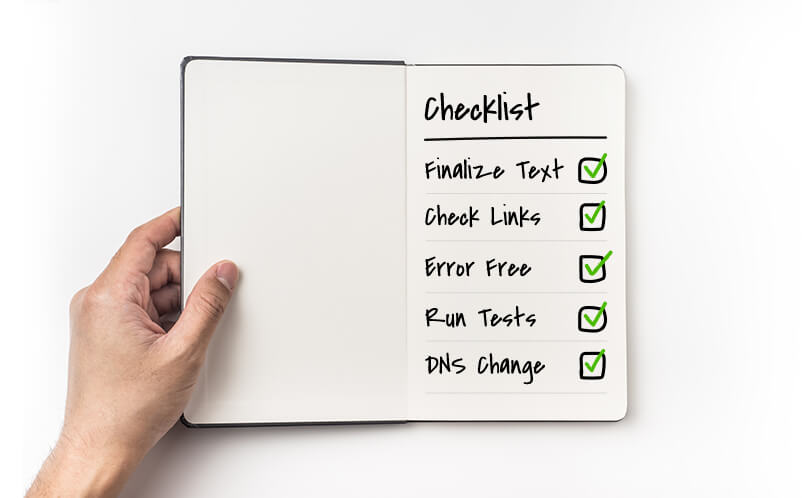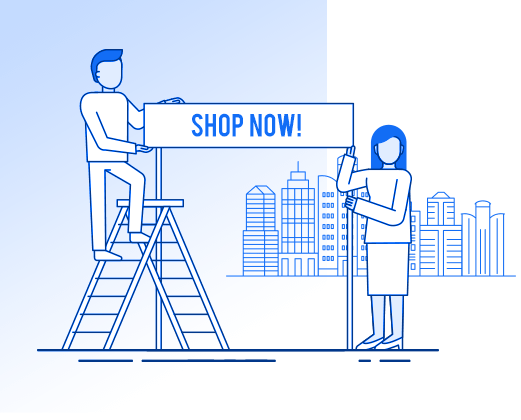Starting an Online Store
Everyone dreams of success, and running a business can be a big part of that. If you're doing something you're passionate about, you can feel as if you've succeeded at life in general. Selling online is especially appealing because it can offer a balance between life and business — you can run your online store from anywhere, work from home, and grow at a pace that's comfortable for you. Plus, your eCommerce business is under your creative control and you can work toward your dreams of what you want it to be.
Business owners who already sell offline, such as at a brick-and-mortar location, craft and trade shows, or other venues, also benefit from opening an eCommerce store. The same can be said for retailers who sell their products on existing marketplaces like Etsy, eBay, or Amazon. Building your own online store helps expand your reach, get more customers, and define the uniqueness of your brand. A site of your own gives you total freedom in choosing a design or theme that puts your brand in a distinctive light. In other words, your online store becomes your central identity in the online world.
Of course, any new business venture can be intimidating, and opening an online store is no exception. This step-by-step guide will help you understand the process so you can start out on the road to fulfilling your eCommerce dreams.


































